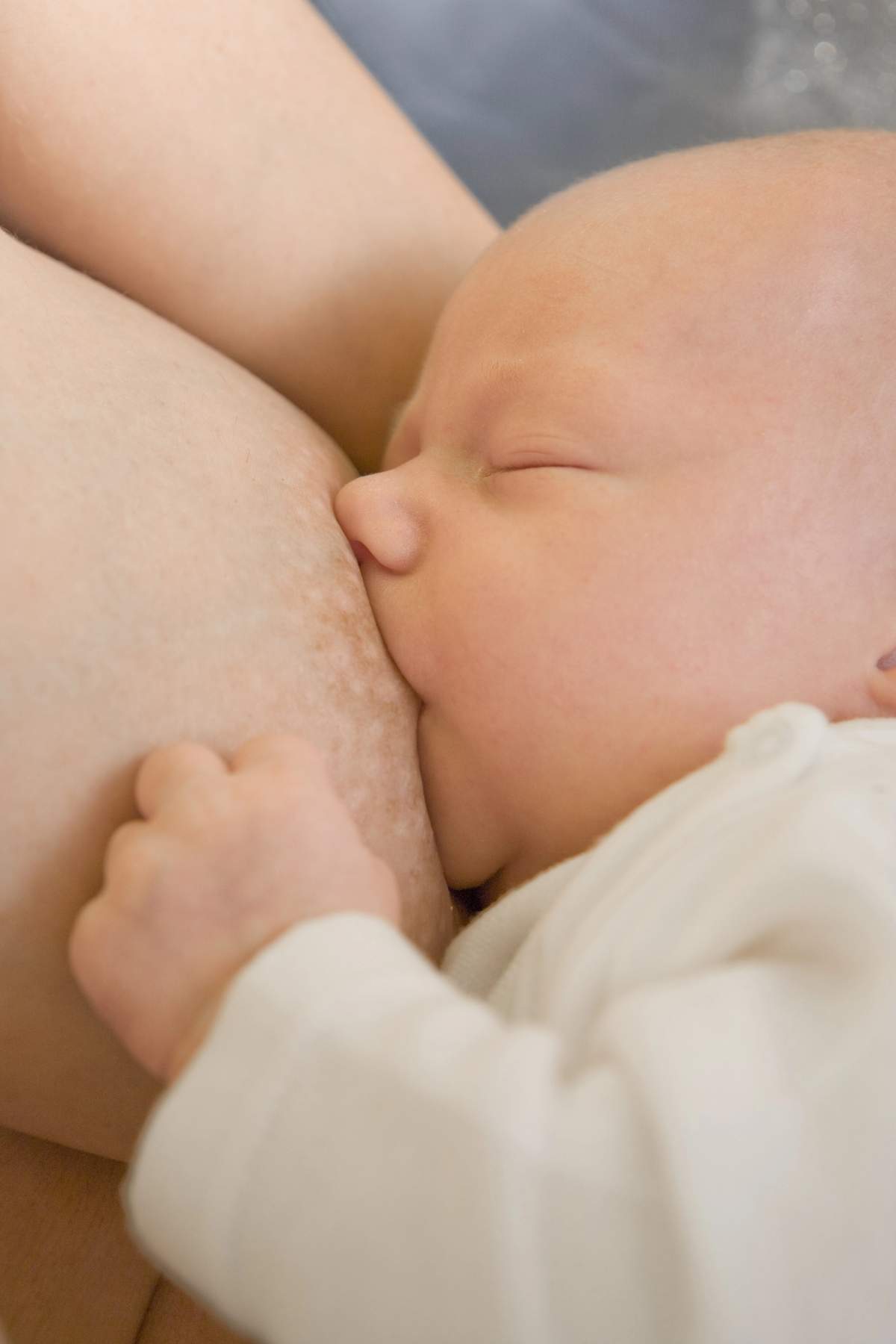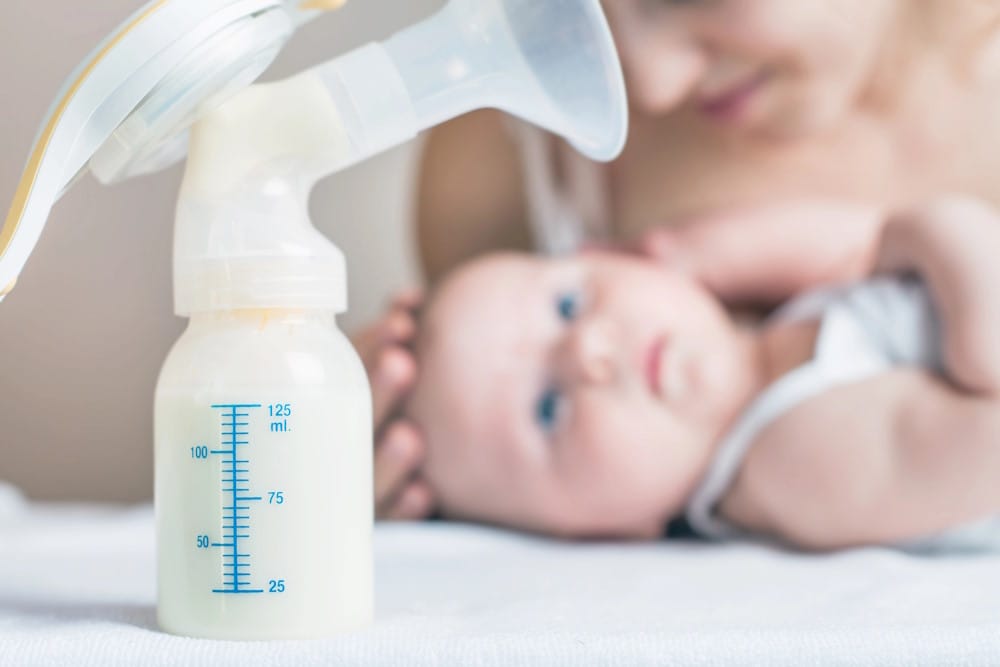Introducing a bottle to your breastfed baby
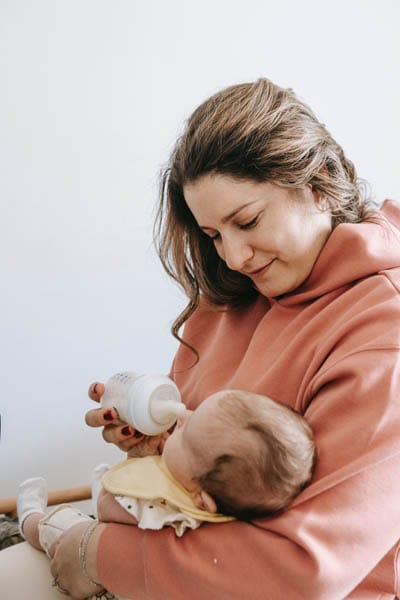
Introducing a bottle to your breastfed baby should be a gentle process. Here are some steps and tips to facilitate this introduction:
Timing
Choose the Right Age: It is generally recommended to wait until breastfeeding is well established, typically around 4 to 6 weeks, before introducing a bottle. This allows your baby to become comfortable with breastfeeding first. Your baby will retain their suck reflex until around 2 to 4 months. You can use this to your advantage when introducing a bottle as your baby will be more likely to be accepting of the bottle during that time.
Pick a Calm Time: Choose a time when both you and your baby are calm and relaxed. Avoid introducing a bottle during stressful periods or when your baby is teething or unwell.
Selecting a bottle and Teat
Choose the Right Bottle: Many bottles claim to mimic the breast but none really do. There are however better options if you would like your baby to feed both from you and from a bottle. A bottle with a graduated teat such as Lanisoh Natural Wave or NUK Perfect Match is usually a good choice. Alternatively choose a bottle with a wider base and a soft, squeezable teat.
Nipple Flow: Always start with the slowest flow teat you can buy for the bottle you have chosen. Whilst bottle manufacturers will encourage you to change the flow of the teat to a medium and then fast flow after a few months, it is not necessary to do so. Only if your baby is struggling to take in the milk from the bottle would I suggest a faster flow teat. Often babies take milk from a bottle too quickly so a slower flow teat, such as that designed for a newborn, is usually best.
Sign up for free tips and advice
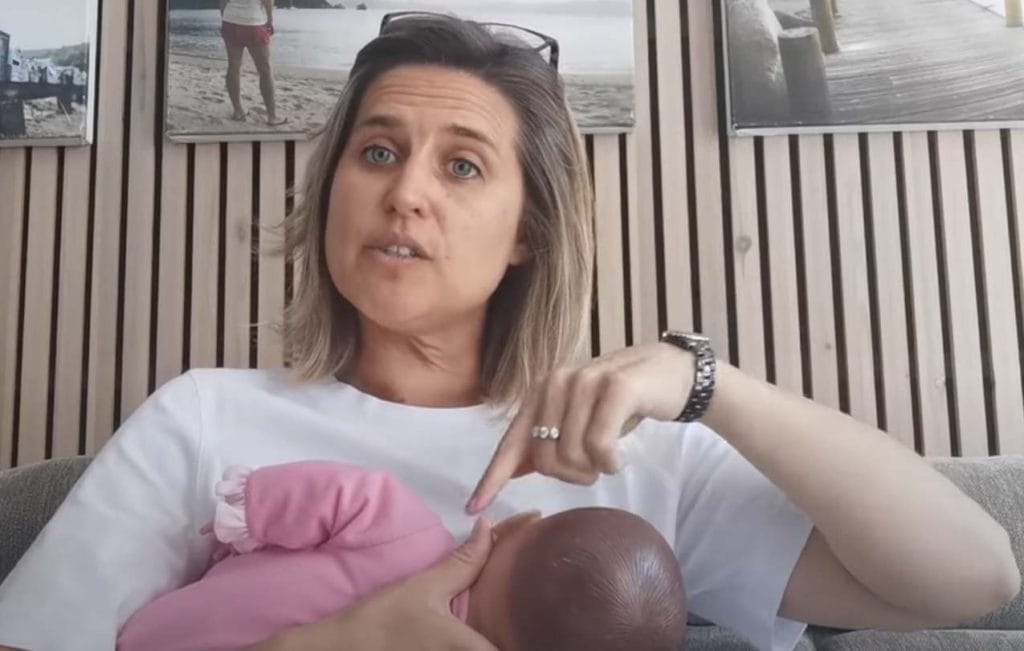
Get my video guide to
breastfeeding positions
Plus
just for signing up
Tell me when your baby is due or when they were born so that I can send you the most relevant tips
Introducing the Bottle to you Baby
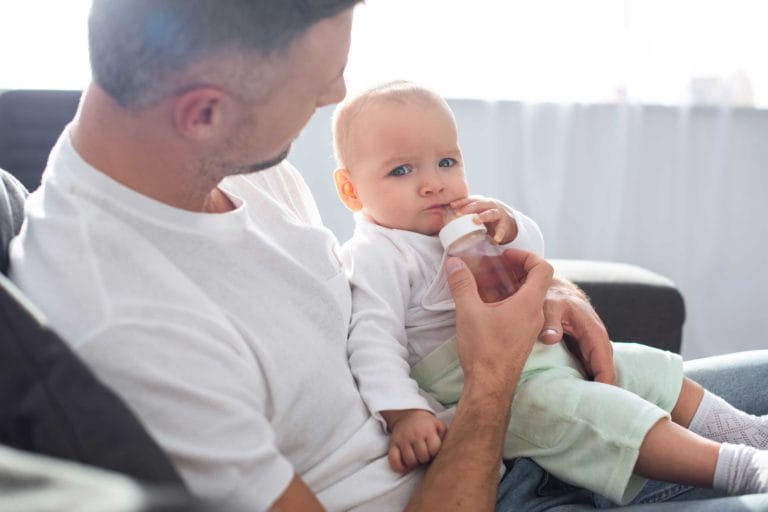
Have Someone Else Offer the Bottle: Sometimes, babies may refuse a bottle when they can smell their mother. Having another trusted caregiver offer the bottle may help. It may be enough for you to be in another room or it may be better for you to leave the house entirely.
In other cases a baby prefers to have the familiar smell of their mother, you can experiment with the caregiver wearing your dressing gown or a t-shirt that you have recently worn.
Introduce During Playtime: Instead of introducing the bottle during a feeding, try offering it during playtime when your baby is not too hungry. This can help them associate the bottle with comfort rather than hunger.
Use Breast Milk: Fill the bottle with expressed breast milk to provide familiarity in taste. You can also gently warm your breast milk by placing the bottle in warm, never boiling, water. Always test the temperature of the milk on the inside of your wrist before offering it to your baby. Breast milk easily separates, if you need to combine the milk or distribute heat evenly then swirl the milk in the bottle rather than shake it. This protects the unique qualities of the breastmilk.
When you are first introducing the bottle offer very small quantities of milk to reduce wastage, 30ml or less. Once you baby is accepting of the bottle you can then increase the quantity of milk you are offering.

Experiment with Different Positions: Some babies will prefer to be held in a position similar to the way that you breastfeed them and others will prefer an entirely different feeding position. It really is a case of experimenting with what works for you both.
A baby may even be more willing to accept the milk if they are in a bouncy chair or leaning against your knees facing you. If the breastfeeding parent is offering the bottle you can also try offering it while your baby is skin to skin with you.
Always feed you baby from a bottle using a paced feeding technique. If you need some guidance with paced feeding then I have video lessons in my online breastfeeding course.
Be Patient and Encourage: If your baby hesitates or refuses to take the bottle, remain calm and patient. Offering gentle encouragement can help; let them explore the bottle without pressure.
Monitor Baby’s Cues: Pay attention to your baby’s signals, and go at their pace. If they show signs of frustration, take a break and try again later.
Left over breastmilk
There is very little evidence about the safety of keeping leftover breast milk after it has been offered to your baby from a bottle / cup. Some authors suggest it is ‘probably safe’ to refrigerate the milk and offer it again within 1 to 2 hours. What you have to consider is the exposure with the bacteria from the child’s mouth where it has been in contact with the bottle teat. I would be more inclined to save freshly expressed breastmilk for an hour or two as it will contain greater amounts of antibodies and protective factors than previously frozen milk.
Keep It Up!
When your baby is accepting milk from the bottle I would suggest you habitually offer your baby a part feed or feed from a bottle every couple of days. This can help remind them that the bottle is an appropriate alternative way to feed as some babies will refuse a bottle when offered a number of months later.
Introducing a bottle can take time and patience. Every baby is different, so be attuned to your child’s preferences and comfort levels. If you encounter challenges, don’t hesitate to Contact me for personalised guidance and support.


